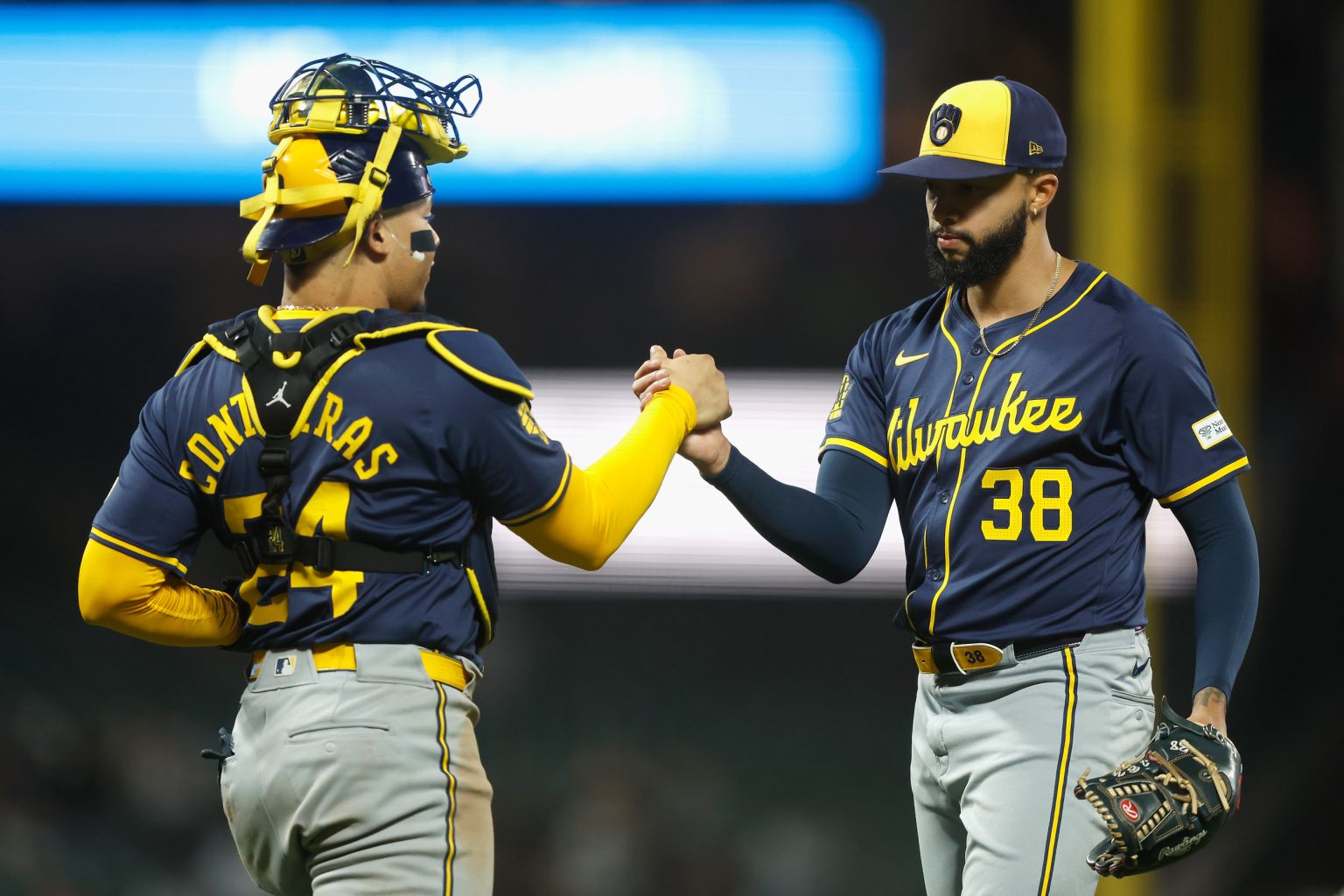The Milwaukee Brewers have executed a trade that sends their All-Star closer, Devin Williams, to the New York Yankees. In return, the Brewers receive starting pitcher Nester Cortes, second baseman Caleb Durbin, and cash considerations. This move has sparked debate and speculation regarding its impact on the Brewers’ future and the competitive landscape of the National League Central. While the Brewers acquire two players with potential to contribute significantly in 2025, the return package appears underwhelming compared to recent trades involving high-profile closers, raising questions about Milwaukee’s strategic direction.
The trade comes at a time of transition for the Brewers, who recently lost star shortstop Willy Adames to free agency. This, coupled with the departure of Williams, suggests a potential step back for a team that has dominated the NL Central in recent years, winning three of the past four division titles. While Cortes provides a much-needed reinforcement for the Brewers’ starting rotation, and Durbin offers potential in the infield, the loss of a dominant closer like Williams weakens a key aspect of their bullpen. The trade raises concerns about Milwaukee’s ability to maintain their competitive edge in a division that is becoming increasingly open.
The departure of Williams and Adames creates an opportunity for other teams in the NL Central to challenge for the division crown. The Chicago Cubs, Cincinnati Reds, and Pittsburgh Pirates are all positioned to capitalize on the Brewers’ potential decline. The Cubs, currently in “buy mode,” are actively pursuing high-profile players like Kyle Tucker, signaling their intent to compete for a championship in the near future. With a talented roster already in place, the addition of another star player could propel them to the top of the division.
The Cincinnati Reds, fueled by the emergence of young superstar Elly De La Cruz, also pose a significant threat. De La Cruz’s remarkable progress from 2023 to 2024, combined with the leadership of new manager Terry Francona and potential free agent acquisitions, positions the Reds as a legitimate contender. If De La Cruz continues his upward trajectory, the Reds could become a dominant force in the NL Central. The hiring of Francona adds a layer of experienced leadership that could guide this young team to success.
The Pittsburgh Pirates, boasting the potential of a future ace in Paul Skenes, also harbor playoff aspirations. Skenes, if he performs up to expectations, could anchor a strong pitching staff, providing a foundation for success. With a few key additions to their lineup, the Pirates could quickly transform into a formidable team. The development of their young talent and strategic acquisitions will be critical to their chances of contending in 2025.
Despite the seemingly diminished outlook for the Brewers, it would be premature to count them out entirely. The team still possesses a core of talented players and a history of outperforming expectations. The front office may have further moves planned to bolster their roster and address the weaknesses created by recent departures. The Brewers’ resilience and ability to develop young talent have been key factors in their past success, and these attributes could help them navigate this period of transition.
While the trade of Devin Williams represents a significant shift in the NL Central landscape, the future of the division remains uncertain. The Brewers’ apparent weakening opens the door for the Cubs, Reds, and Pirates to emerge as contenders. Each of these teams possesses unique strengths and potential, and their ability to capitalize on the Brewers’ situation will determine the ultimate outcome of the 2025 season. The NL Central promises to be a fiercely competitive division, with multiple teams vying for supremacy.

